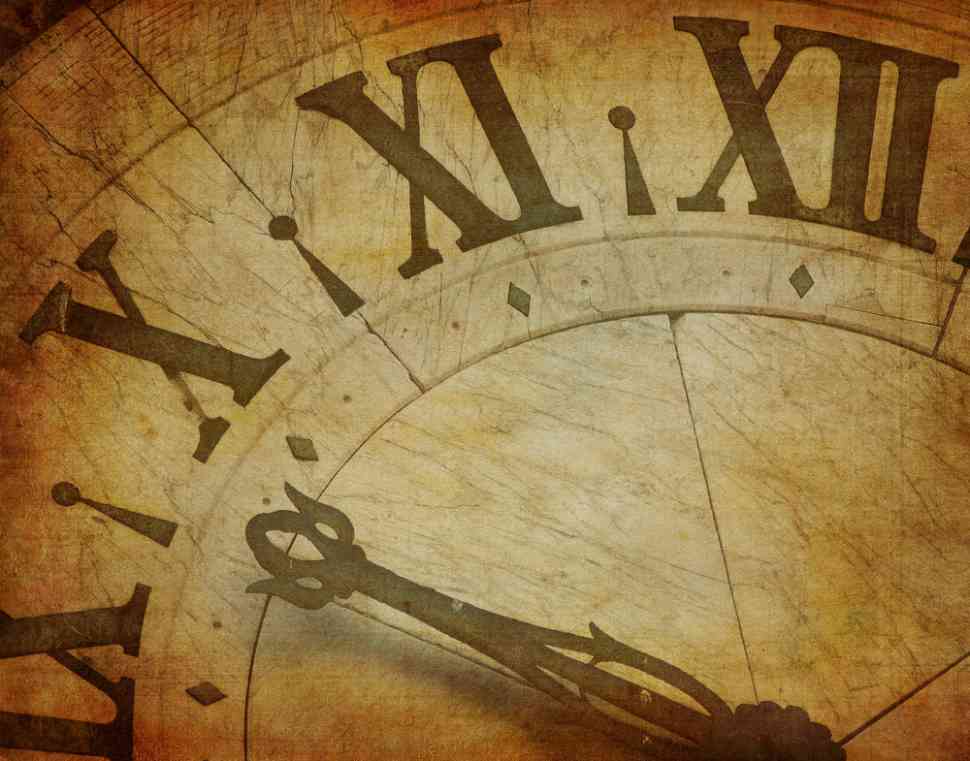The magnificent journey of numbers and their appearance in our lives

The concept of numbers, even as a counting tool, was born much older than any other element in the world of mathematics. This constantly evolving whole has been the foundation stone for every other discovery that has arisen later in the history of the sciences. The inherent need for man to count led the first mathematicians in the history of mankind to create a group of symbols, which formed the original numbering system.
Today we will wander in the history of numbers that have allowed our society to evolve not only technologically but also from a philosophical point of view. As you will see, numbers appeared only to give us the answers to the questions that used to trouble our everyday lives. Let’s have a look.
The first steps
No one can clearly estimate the period when the idea of numbering began to concern humanity. People probably counted what they were interested in, several millennia before the first abstract numbering system was created in ancient Mesopotamia, around 3,500 BC. Four decades later Egyptian mathematicians presented a more correctly structured, 10-based system of their own.
The first set of numbers quickly spread to the more sophisticated civilizations, with the ancient Greeks taking the lead to contribute to the course of mathematics. The first problems that prompted scientists of the time to create the numbers involved calculating the length of the day but also counting objects. The numbers started from the unit, which corresponded to the existence of an object, and continued in a similar way. The first numbering system was essentially what in the continuation of mathematical history was called “natural numbers”.
The abstract concept of the negative number – the “matches” to identify the minus
As long as mathematicians were limited to calculating the number of natural objects, the concept of a negative number did not matter. As it seemed logical at the time, the numbers started at “1” and continued until they represented the count. The first reference to negative numbers is found within nine books written by Chinese authors, about 100 BC. However, the concept was still completely abstract, while several scientists of the time could not perceive it.
A brilliant mathematician called Diophantus was the first one to introduce the concept of negative numbers to the Western world in the 3rd century AD. Trying to find a solution for the equation 4x + 20=0, he concluded that the results are completely absurd.
Three centuries later, several Indian mathematicians were concerned with the existence of negative numbers, in their attempt to calculate the debts of some of their fellow citizens. However, the intractable concept of a number that does not exist, was slow to be accepted by the world of mathematics. Until the 17th century, the majority of mathematicians did not recognize their existence. These figures were described as” absurd ” until a number of their famous and recognized mathematicians would focus on the existence of negative numbers.
What is there between two integers? – the appearance of explicit numbers
At the same time, as the controversy about the existence or not of negative numbers developed, several more unanswered questions were created by mathematicians. Natural numbers were sufficient to calculate natural objects, yet they were not capable of covering them.
Is it possible that between “1” and “2” there is no other number? the discovery of explicit numbers was not long in coming, with the Egyptians “leading the way” in their creation. Explicit numbers are also known as fractions. References to the orators have existed since the 2nd century BC. in works of Egyptian mathematicians, but as it was expected their recognition was slow to come from the mathematical community.
The future to come
Things that we today find obvious were not always easy to understand. Even the idea of the fraction at some point in the past was a bizarre mystery. The course of the set of numbers is intertwined with the evolution of the sciences but also in general with the adventure of human existence. The only question that will remain unanswered is whether human intelligence is capable of advancing and leading to new, sophisticated, and groundbreaking mathematics that will in turn enrich the fascinating world of numbers.
Have you read?
# Best Citizenship and Residency by Investment Programs.
# Richest People in New York and Their Net Worth, 2022.
# The World’s Top 10 CEOs Over 70 Years Old.
# These are the world’s most and least powerful passports, 2022.
# Case Study: LVMH’s Bernard Arnault, Apple’s Tim Cook, and Elon Musk.
Add CEOWORLD magazine to your Google News feed.
Follow CEOWORLD magazine headlines on: Google News, LinkedIn, Twitter, and Facebook.
This report/news/ranking/statistics has been prepared only for general guidance on matters of interest and does not constitute professional advice. You should not act upon the information contained in this publication without obtaining specific professional advice. No representation or warranty (express or implied) is given as to the accuracy or completeness of the information contained in this publication, and, to the extent permitted by law, CEOWORLD magazine does not accept or assume any liability, responsibility or duty of care for any consequences of you or anyone else acting, or refraining to act, in reliance on the information contained in this publication or for any decision based on it.
Copyright 2024 The CEOWORLD magazine. All rights reserved. This material (and any extract from it) must not be copied, redistributed or placed on any website, without CEOWORLD magazine' prior written consent. For media queries, please contact: info@ceoworld.biz
SUBSCRIBE NEWSLETTER








